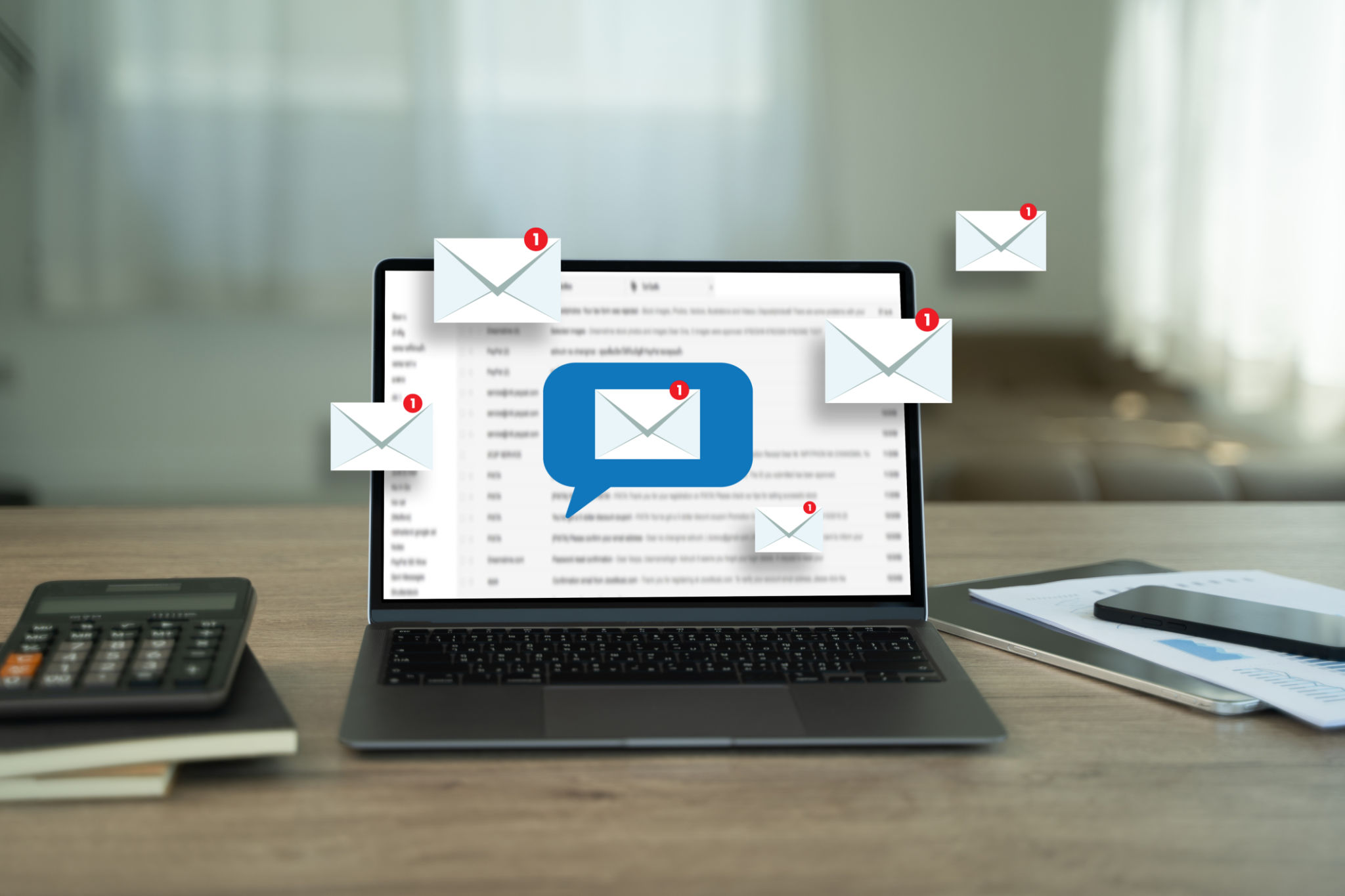Understanding Email Sending Score: Its Importance and How to Improve It
Understanding Email Sending Score
In the digital marketing world, email remains one of the most powerful tools. However, the success of an email campaign largely depends on the sender's reputation, also known as the email sending score. This score is crucial as it determines whether your emails land in the recipient's inbox or their spam folder. Understanding how this score works and how to improve it can significantly enhance your email marketing efforts.
Email sending score is a measure used by Internet Service Providers (ISPs) to evaluate the trustworthiness of an email sender. A high score indicates that emails are likely from a legitimate source, while a low score suggests potential spam or malicious intent. ISPs use this score to decide whether to allow your emails into users' inboxes or block them.

The Importance of Email Sending Score
A good email sending score is vital for several reasons. Firstly, it directly affects your deliverability rate. Emails with high sending scores are more likely to reach recipients' inboxes, ensuring that your message is seen by the intended audience. This leads to better engagement rates and ultimately, higher conversion rates.
Moreover, maintaining a high email sending score helps build trust with ISPs and recipients. When users recognize your emails as trustworthy, they are more likely to engage with your content, leading to improved brand reputation and customer loyalty. Conversely, a poor sending score can result in emails being flagged as spam, damaging your brand's credibility.
Factors Affecting Email Sending Score
Several factors influence your email sending score. These include the quality of your email list, the frequency of emails sent, and the content of your emails. Using a clean and verified email list ensures that your messages reach active and interested recipients. Over-emailing can lead to complaints and unsubscribes, negatively impacting your score.

The content of your emails also plays a role. Engaging and relevant content encourages interaction and positive feedback, boosting your score. Additionally, technical factors such as proper authentication protocols (like SPF, DKIM, and DMARC) are essential for improving your sending reputation.
How to Improve Your Email Sending Score
Improving your email sending score is a continuous process that requires diligence and strategy. Here are some steps you can take:
- Regularly Clean Your Email List: Remove inactive or invalid addresses to reduce bounce rates.
- Send Relevant Content: Personalize emails to ensure they are tailored to the recipient's interests.
- Monitor Feedback: Pay attention to user feedback and adjust your strategy accordingly.

Additionally, implementing double opt-in processes can help ensure that only genuinely interested users subscribe to your list, thus reducing spam complaints. Consistent monitoring of email metrics, such as open rates and click-through rates, can provide insights into how recipients are interacting with your content.
Leveraging Technology for Better Scores
Technology can be a valuable ally in maintaining and improving your email sending score. Consider using reputable email service providers (ESPs) that offer tools for monitoring deliverability and sender reputation. These platforms often provide analytics and reports that help you identify areas for improvement.
Moreover, employing AI-driven tools can optimize send times and personalize content based on user behavior, further enhancing engagement and boosting your sending score.
In conclusion, understanding and improving your email sending score is essential for successful email marketing. By focusing on quality content, list hygiene, and leveraging technology, you can enhance your sender reputation and achieve better results from your campaigns.